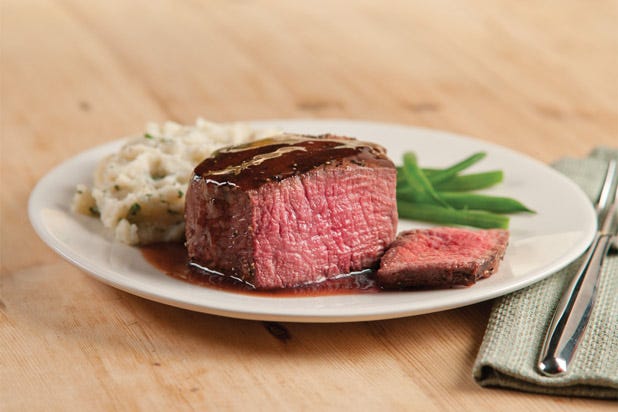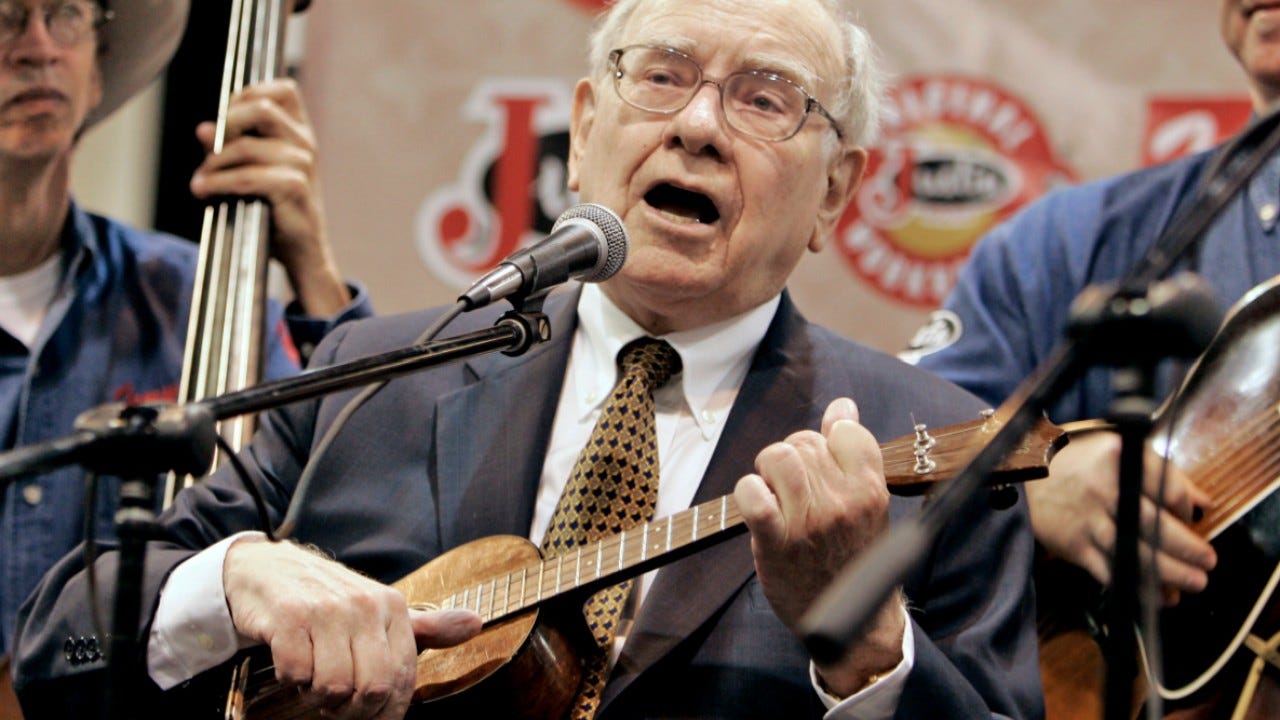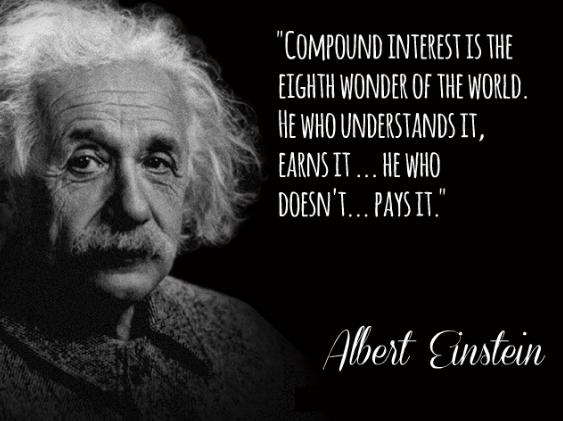Taking an Interest in Art

Leonardo’s Mona Lisa and The Joys of Compounding
This portrait below of a noble woman, dressed in the Florentine fashion of her day, and seated at the foreground of a mountainous landscape, is an instance of Leonardo’s sfumato technique of soft, heavily shaded modeling. The Mona Lisa ‘s enigmatic expression, which seems both alluring and aloof, has given the portrait universal fame. Guys love it when girls play hard to get.

Also, of legendary fame, albeit in a much less sensual manner, are Warren Buffett’s annual letters to his partners within the financial industry. This letter is anxiously anticipated by his loyal Omahans. I refer to one going back to 1964.
Buffett loquaciously espouses:
“ Since the whole subject of compounding has such a crass ring to it, I will attempt to introduce a little class into this discussion by turning to the art world. Francis I of France paid 4,000 ecus in 1540 for Leonardo da Vinci’s Mona Lisa. On the off chance that a few of you have not kept track of the fluctuations of the ecu 4,000 converted out to about $20,000. If Francis had kept his feet on the ground and he (and his trustees) had been able to find a 6% after-tax investment, the estate now would be worth something over $1,000,000,000,000,000.00. That is $1 quadrillion or over 3,000 times the present national debt, all from 6%. I trust this will end all discussion in our household about any purchase or paintings qualifying as an investment.”

After reading this note, you can envision the annual meeting where shareholders are fist pumping while they dine on medium rare Omaha Steaks. How about a bit of context here, folks? Play some Paganini in the background and enjoy this trip down financial memory lane.
Compound interest was once regarded as the worst kind of usury and was severely condemned by Roman Law as well as the common law of many countries. As civilization evolved so did their theories about banking and its role in society. The Florentine merchant Francesco Balducci Pegolotti provided a table of compound interest in his book Pratica della Mercatura in circa 1340. Note, capitalism will not be invented for another several hundred years so people actually felt guilty about making money. Today, we refer to this as socialism.
Bankers start liking the idea of not having to work on the farm ( though the tight stockings worn during this era were a definite deterrent to office life) and they start coming up with more cool theories. In 1494 Luca Pacioli gives us the Rule of 72, stating that to find the number of years for an investment at compound interest to double, one should divide the interest rate into 72. I hope you are taking notes because this is the sort of stuff dinner parties are made of.
By now banking is well established in Europe and most markets and bazaars are taking letters of credit. Hanseatic merchants from Germany, Italian City-States and Dutch traders throughout the Baltics were homogenizing their banking products to create streams of international commerce. Brits drinking port from Portugal; Italians sipping tea from the Orient; Dutch dining on china; and Spaniards using Sicilian sulfur for gunpowder — all possible because of interest.
In 1613 Richard Witt wrote, Arithmeticall Questions, a landmark in the history of compound interest. It was wholly devoted to the subject. An entire book. On compound interest. I’m writing an article and have stopped to snack 4 times already. Witt’s book gave tables based on 10% ( the then maximum rate of interest allowable on loans) and on other rates for different purposes, such as the valuation of property leases. Witt was a London mathematician and his book is notable for its clarity of expression, depth of insight and I think the inspiration for Shylock in Shakespeare’s The Merchant of Venice. Best known to audiences in the rendition by Al Pacino for his gruesome demand of debt payment via a pound of flesh.
In 1683 Jacob Bernoulli, of Basel, Switzerland, discovered the constant e by studying a question about compound interest which required him to find the value of the following expression:
One example is an account that starts with $1.00 and pays 100 percent interest per year. If the interest is credited once, at yearend, the value is $2.00; but if the interest is computed and added twice in that year, the $1 is multiplied by 1.5 twice, yielding $1.00×1.⁵² = $2.25. Compounding quarterly yields $1.00 × 1.254 = $2.4414…and compounding monthly yields $1.00× (1.0833…)12 = $2.613035….
This is critically important because it evidenced that Swiss bankers are by far the cleverest at making clients think they are super smooth, thus, justifying their Brioni suits.

Let us now review the above chart. Compound interest is a wonderful tool to exponentially increase the rate at which your investment grows. However, there are two underlying conditions to this success. One is the wisdom of living a long time. The other impressive factor is the swing produced by relatively small changes in the rate of compound.
It is obvious that a variation of merely a few percentage points has an enormous effect on the success of a compounding investment. It is also obvious that you should get plenty of exercise, eat foliage and not get stressed out about insignificant matters like wisecracking authors writing on serious subject matters. As the compounding table above suggests, such a lowered rate can still provide highly satisfactory long-term investment results.

Now back to our priceless artwork. Truly priceless. The Mona Lisa painting cannot be bought or sold according to French heritage law. As part of The Louvre Collection, Mona Lisa belongs to the public. Much like, Mr. Buffett to his acolytes.




